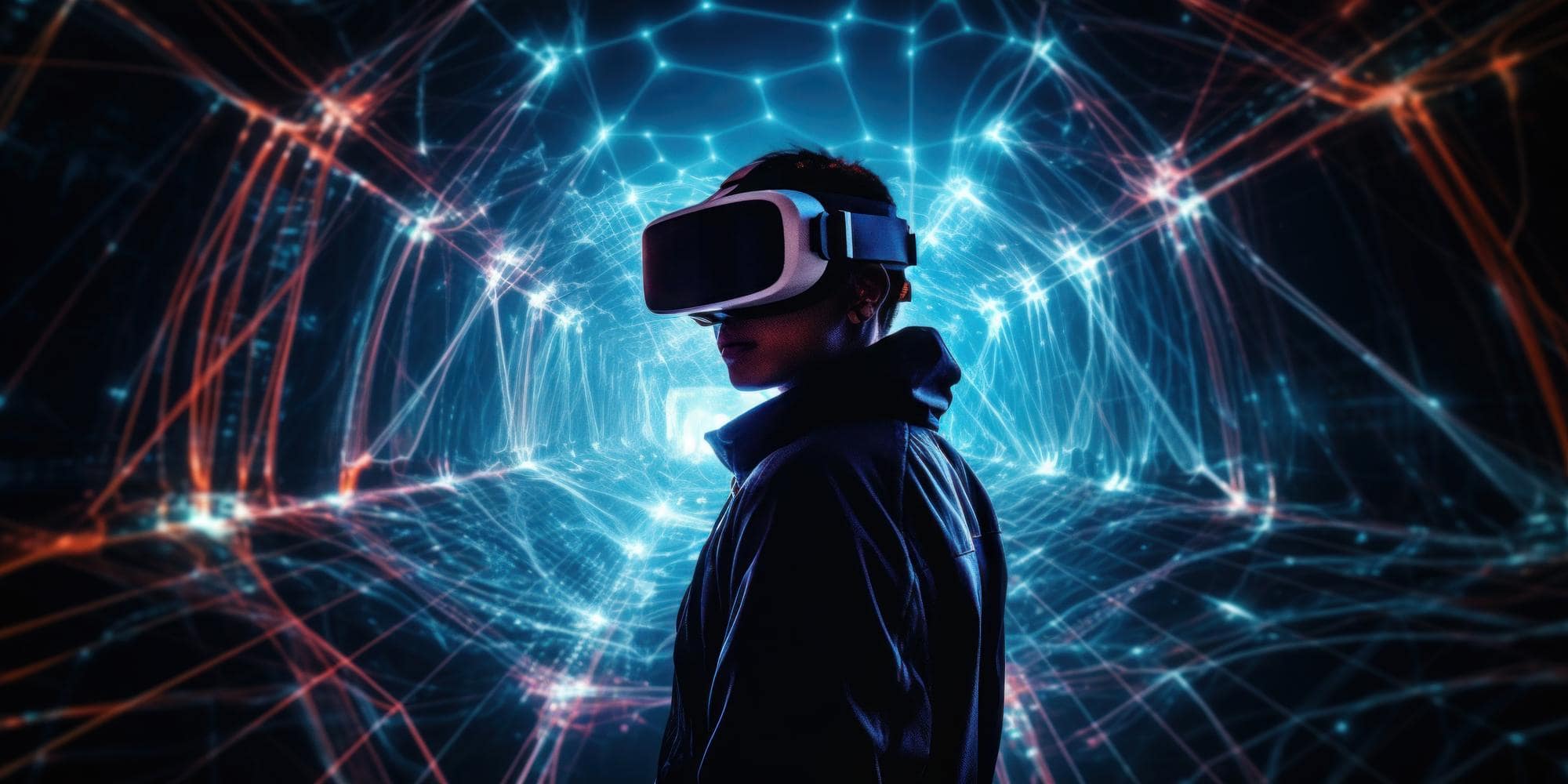In recent years, augmented reality (AR) and virtual reality (VR) have transformed the way we interact with digital content, blurring the lines between the physical and virtual worlds. From gaming and entertainment to education and enterprise, AR and VR technologies have opened up new frontiers of immersive experiences and possibilities. In this blog post, we’ll embark on a journey to explore the captivating world of augmented reality and virtual reality, uncovering their origins, applications, and potential impact on various industries and domains.

Understanding Augmented Reality (AR):
-
- Define augmented reality as a technology that overlays digital content onto the real-world environment, enhancing users’ perception of reality.
- Explore the evolution of AR technologies, from early experiments to modern applications in smartphones, wearables, and smart glasses.
- Showcase of popular AR applications and devices, such as mobile AR apps, smart glasses, and heads-up displays.
Delving into Virtual Reality (VR):
-
- Introduce virtual reality as a simulated environment that immerses users in a completely digital experience, often using headsets and motion-tracking devices.
- Discuss the evolution of VR hardware and software, from early prototypes to high-fidelity immersive environments.
- Showcase of VR platforms and devices, including VR headsets, immersive experiences, and VR gaming.
Applications of Augmented Reality:
-
- Showcase real-world examples of augmented reality applications across diverse industries, including gaming, retail, marketing, healthcare, and education.
- Explore how AR is revolutionizing customer experiences, product visualization, remote assistance, medical training, and classroom learning.
Exploring Virtual Reality Experiences:
-
- Highlight the transformative potential of virtual reality experiences in gaming, entertainment, simulation training, and therapeutic applications.
- Discuss the immersive storytelling capabilities of VR, allowing users to explore virtual worlds, interact with digital characters, and engage in immersive narratives.
Advancements in AR and VR Technology:
-
- Discuss recent advancements in AR and VR technology, including improvements in hardware capabilities, software development tools, and content creation workflows.
- Explore emerging trends such as mixed reality (MR), spatial computing, and volumetric capture, pushing the boundaries of immersive experiences.
Applications Across Industries:
-
- Exploration of how AR and VR are revolutionizing industries such as healthcare, education, retail, entertainment, and manufacturing.
- Examples of AR applications in medical training, VR simulations in education, virtual showrooms in retail, and immersive experiences in gaming and entertainment.
Impact on User Experience:
-
- Discussion on how AR and VR enhance user experiences by providing interactive and immersive content, increasing engagement and satisfaction.
- Examples of how AR and VR are used to create memorable experiences, such as virtual tours, interactive storytelling, and gamified learning.
Challenges and Considerations:
-
- Address key challenges and considerations in the adoption of AR and VR technologies, including hardware costs, user experience design, content accessibility, and ethical considerations.
- Discuss strategies for overcoming these challenges and maximizing the potential of AR and VR in various applications.
- Prediction of future trends in AR and VR, including advancements in hardware, software, and content development, as well as the potential for mainstream adoption.
The Future of Immersive Realities:
-
- Speculate on the future of augmented reality and virtual reality, envisioning a world where immersive technologies seamlessly integrate into everyday life.
- Explore potential advancements in AR glasses, VR headsets, haptic feedback systems, and brain-computer interfaces, shaping the next generation of immersive experiences.
Conclusion:
As we conclude our exploration of augmented reality and virtual reality, it’s evident that these technologies hold immense potential to revolutionize the way we interact with digital content and the world around us. Whether it’s enhancing education, improving healthcare, or transforming entertainment, AR and VR are poised to shape the future of human-computer interaction. Join us as we continue to embark on this exciting journey into the immersive worlds of augmented and virtual reality.